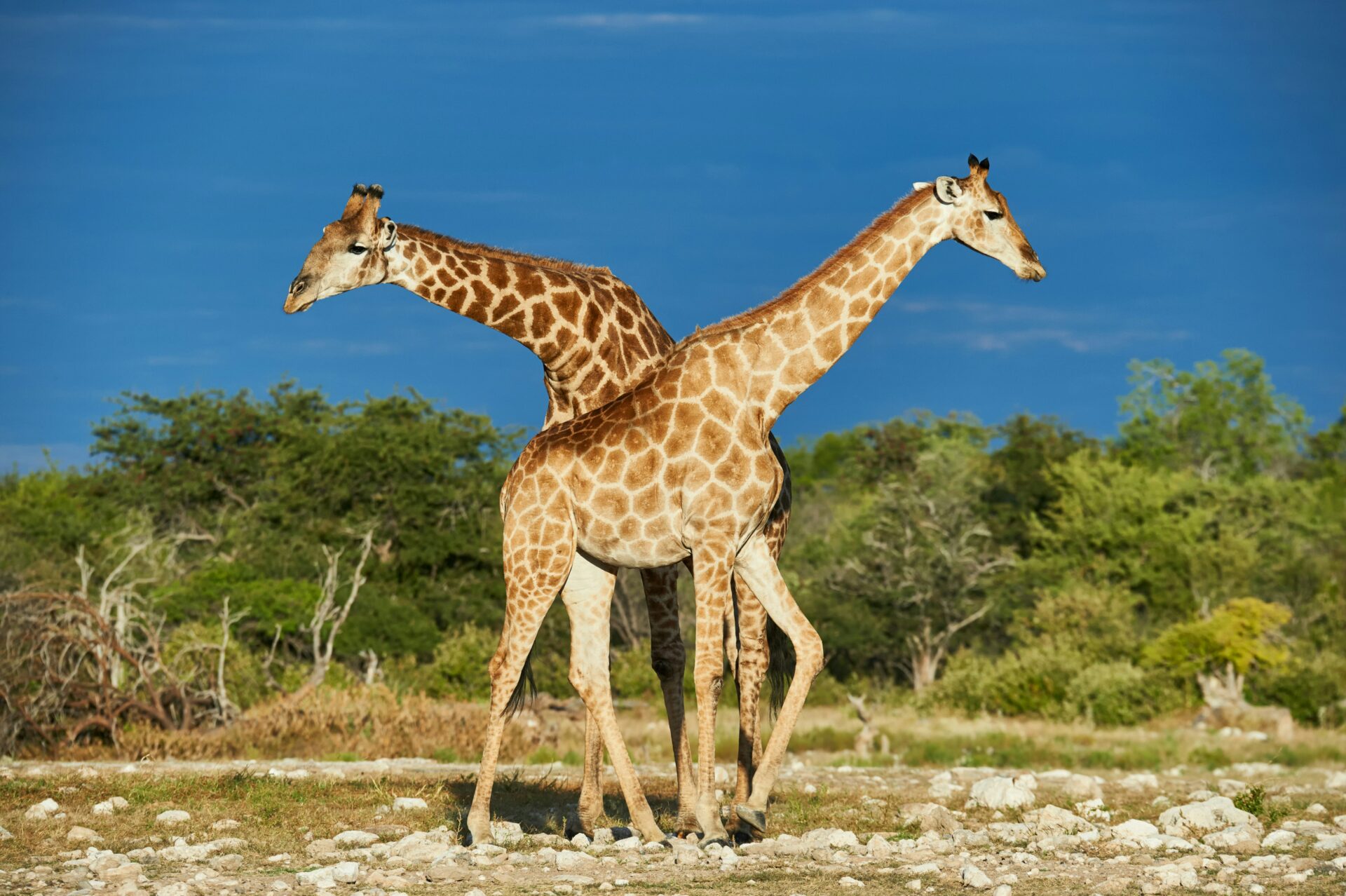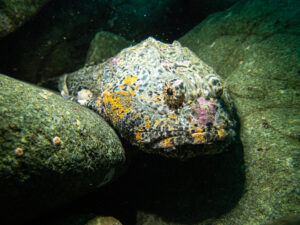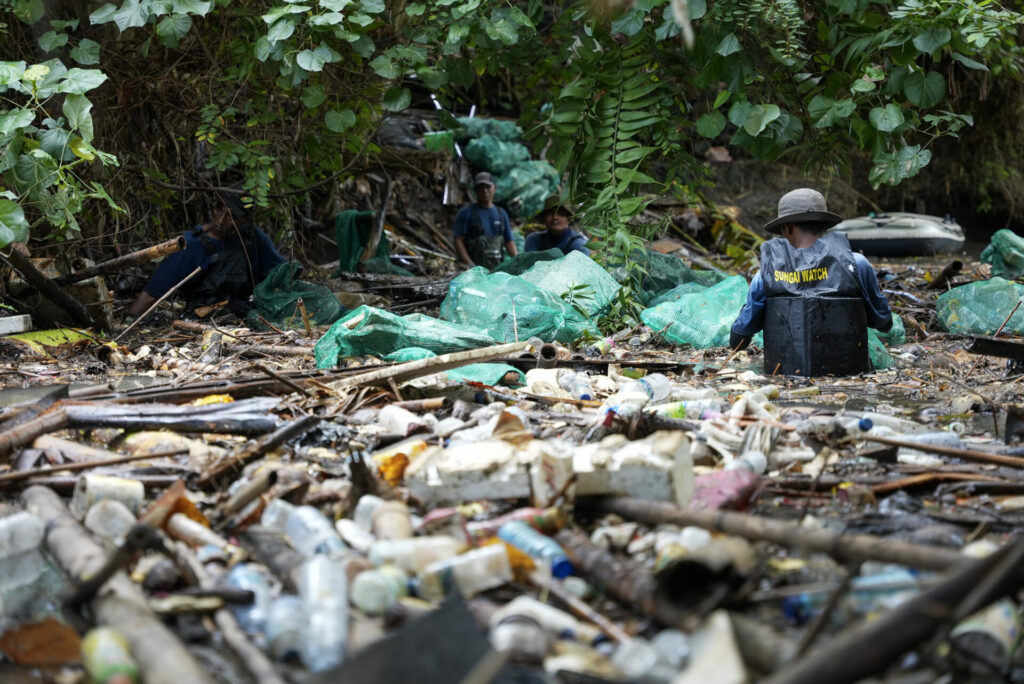When most people think of endangered wildlife, they picture the giants: tigers, pandas, polar bears whose faces always adorn conservation campaigns and children’s books. But beyond these charismatic species, there are thousands of lesser-known animals silently slipping into extinction.
This National Wildlife Day (September 4th), we shine a light on those overlooked creatures that are edging dangerously close to the Critically Endangered list. Some you’ll know well (but likely don’t know they are threatened), others are so obscure you may never have heard of them, while others are so small (think spaghetti thin) they’re simply missed out in the cacophony of global conservation.
Meet nine endangered wildlife species at risk of disappearing from our planet.
The Southern Pudu
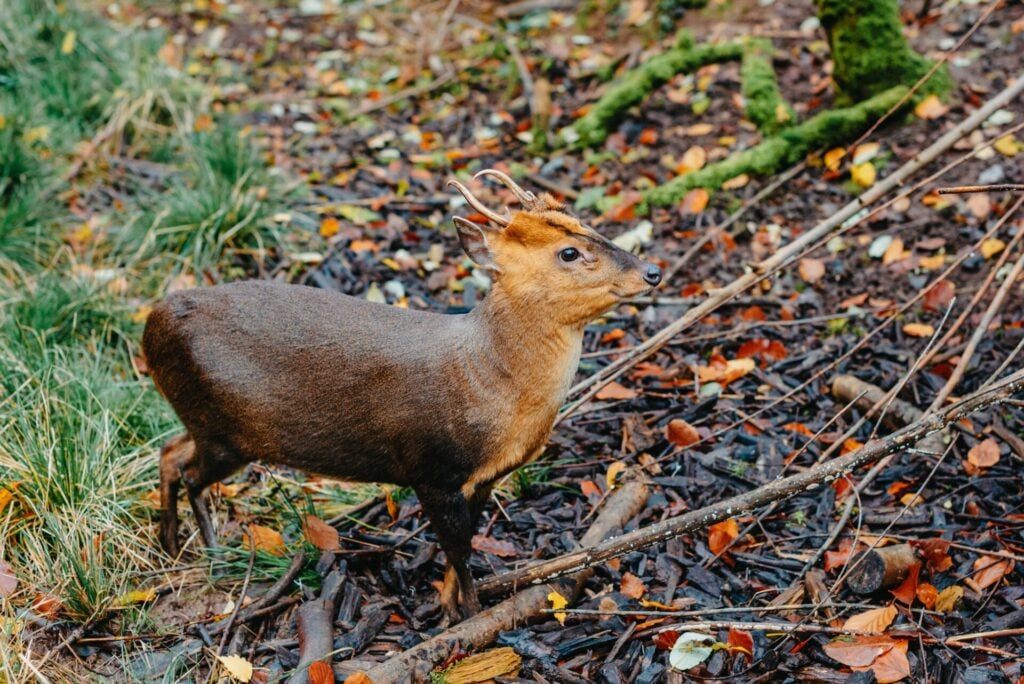
Standing no taller than a cocker spaniel, the Southern pudu of Chile and Argentina is the smallest deer in the world. Its doe-eyed cuteness has made it a ‘gram fan, but the reality is much bleaker. Habitat fragmentation, road accidents, and hunting by domestic dogs have plummeted populations. Conservationists now warn that unless severe protections are put in place, this miniature deer could slip into Critically Endangered status within years, joining the long list of endangered wildlife under threat.
Nubian Giraffe
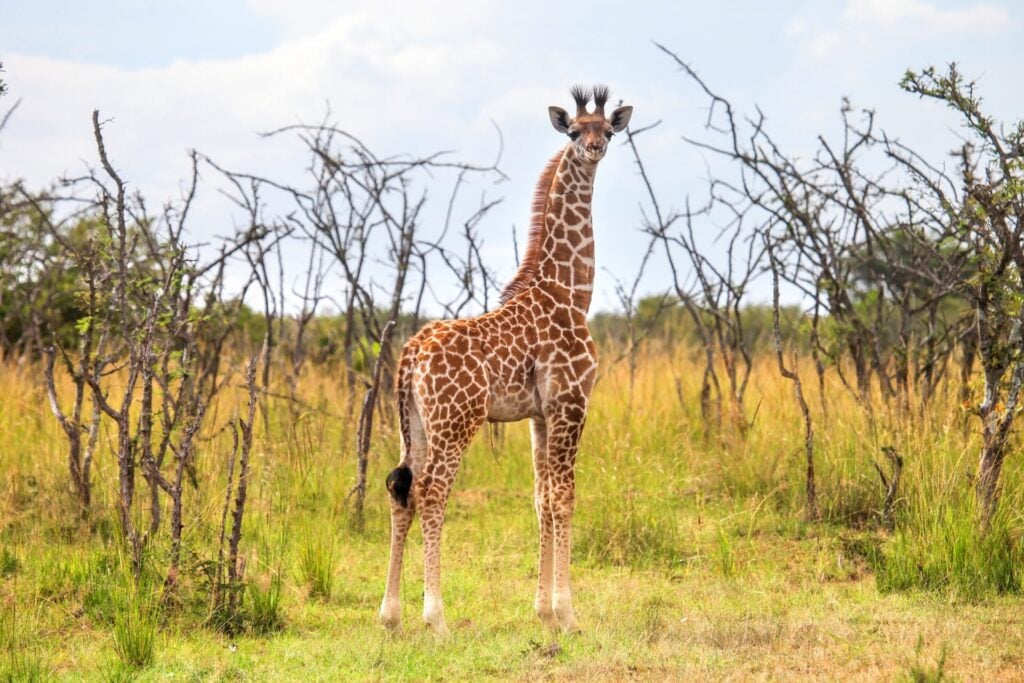
We were as surprised as you. Once roaming widely across northeast Africa, the Nubian giraffe has now been reduced to a fraction of its former range. Civil conflict, poaching, and habitat loss have left them fragmented and vulnerable, with fewer than 3,000 believed to remain in the wild. Despite being one of the most iconic animals on Earth, this giraffe subspecies only recently gained formal recognition for its perilous status, showing just how easily familiar creatures can edge towards extinction.
Cross River Gorilla
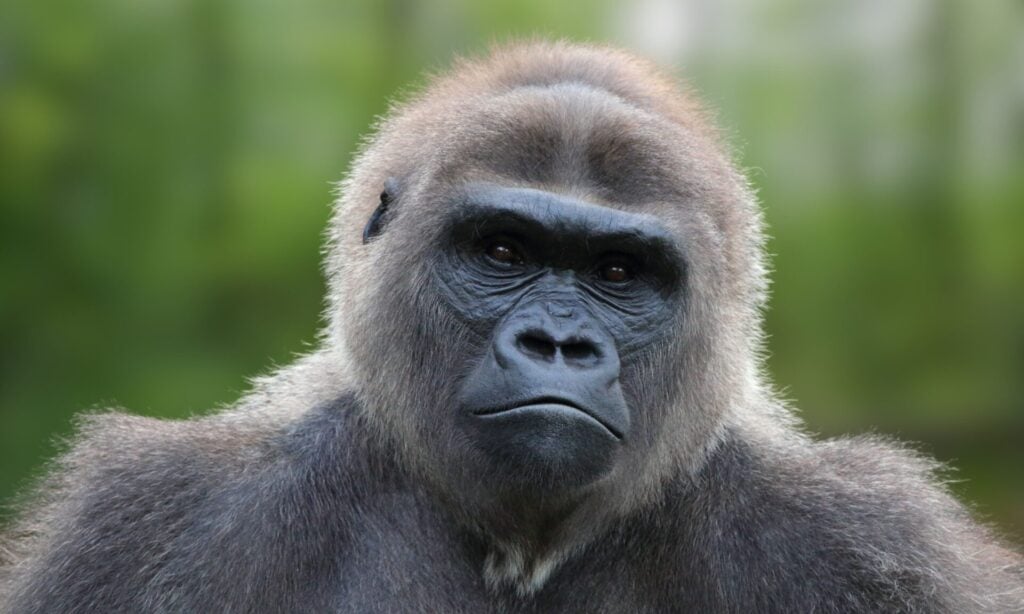
Hidden deep in the rugged highlands on the border between Nigeria and Cameroon lives one of Africa’s most endangered wildlife species: the Cross River gorilla. Fewer than 250 mature individuals are thought to be left, their forest homes hemmed in by logging, farming, and expanding settlements. Shy and wary of humans, they are rarely photographed in the wild, but camera traps have confirmed that these gorillas live in small, isolated groups, making them vulnerable to disease and hunting.
The Barbados Threadsnake
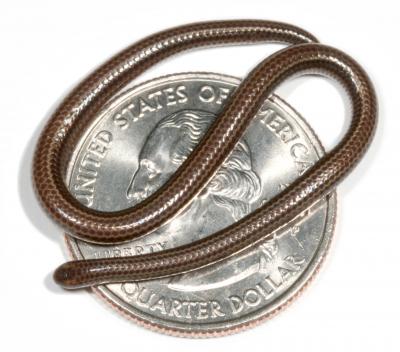
Barely four inches long and as thin as a piece of spaghetti, the Barbados threadsnake is the smallest known snake on Earth. Thought to be extinct until recently rediscovered, its fragile habitat on the island is shrinking fast. With such a tiny population, any disturbance from construction to invasive species, poses a serious threat. It’s a reminder that even creatures we barely know exist can already be on the brink.
Raffles’ Banded Langur
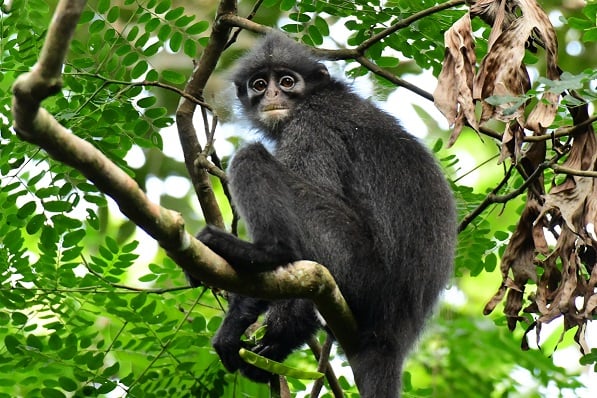
Once relatively common in the forests of Singapore and southern Peninsular Malaysia, the Raffles’ banded langur has now dwindled to just a few fragmented populations. Fewer than 400 individuals – 60 of which are in Singapore – remain in the wild, placing this monkey firmly on the list of Southeast Asia’s endangered wildlife. Once trees are cut down to make way for development, these small primates lose their food sources and passage between groups, leaving them isolated. With so few left, conservationists warn that unless habitat corridors are restored, this monkey could edge even closer to extinction.
Whirring Treefrogs
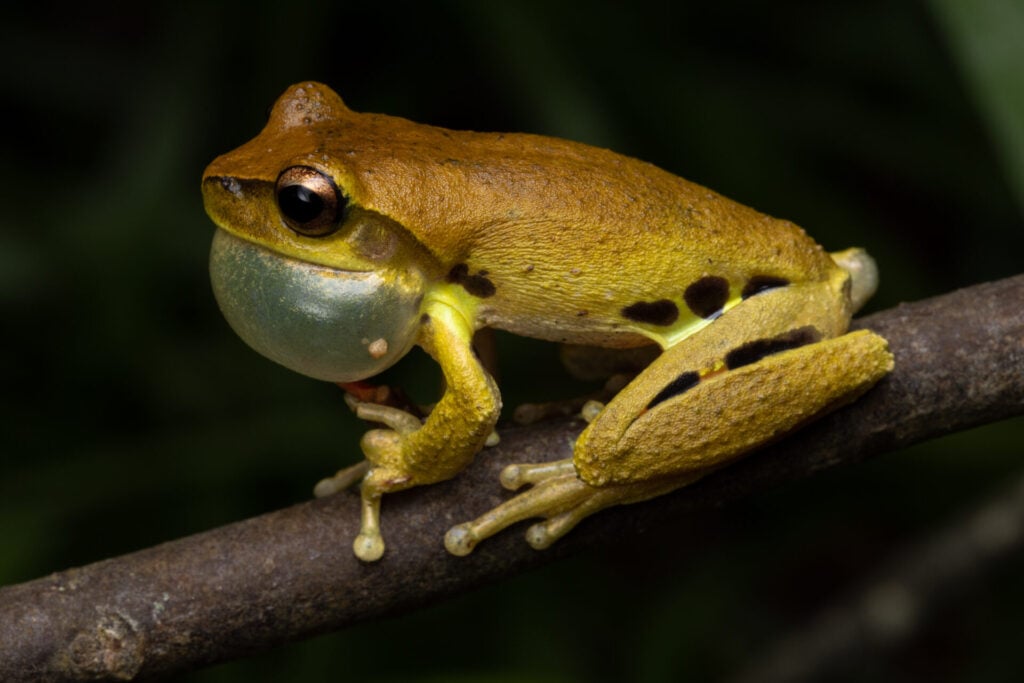
In the cloud forests of Queensland, scientists recently discovered new species of whirring treefrogs, only to find that one is already classified as Critically Endangered. The Eungella whirring treefrog is found in just 20km2 in the cool mountain temperature forest of Queensland’s Eungella Range, only above 900m elevation. Experts say it is already living at its biological limits, and with climate warming the species has nowhere to expand or migrate.
The Lesser Antillean Iguana
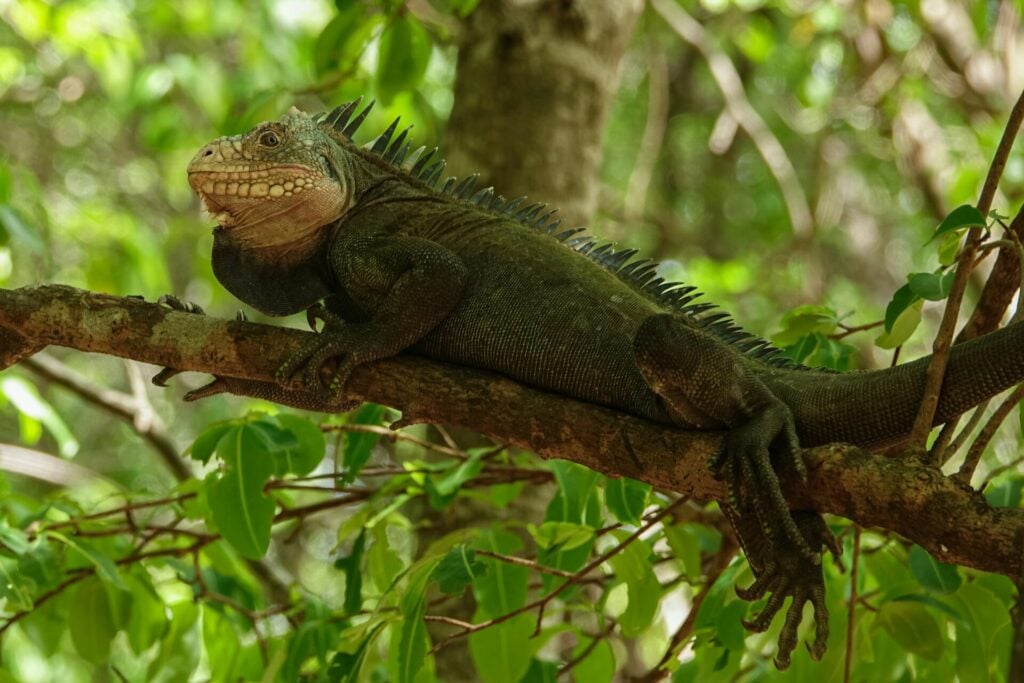
Once abundant across the Caribbean, the critically endangered Lesser Antillean iguana is vanishing from island after island. Habitat loss, hunting, and, interbreeding with the invasive green iguana threaten to erase its genetic identity. This Iguana plays a key role in helping to maintain plant diversity, especially by distributing native plants. They are also important for the nests they dig: researchers have found that nine other animal species make use of these burrows once the iguanas leave – another reminder of how much is at stake when endangered wildlife disappears.
Laysan Duck
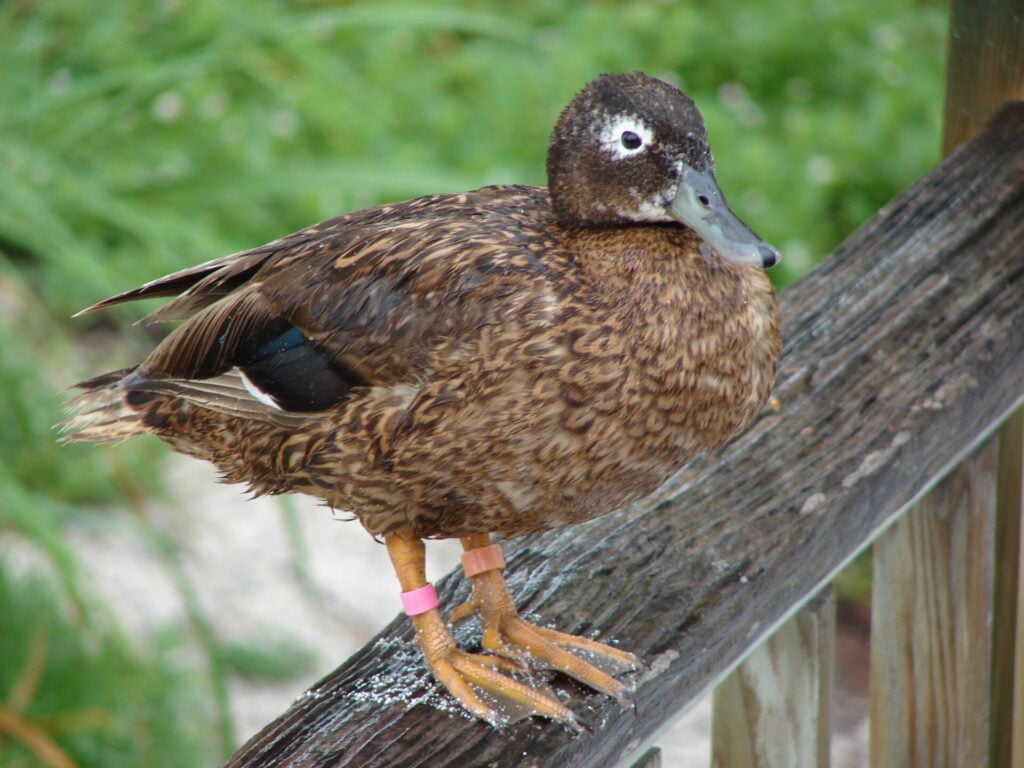
Once widespread across the Hawaiian archipelago, the Laysan duck has seen its range contract so dramatically that today it survives only on two small atolls: Laysan and Midway. The species was nearly lost altogether in the early 20th century, when overhunting, invasive species, and habitat destruction pushed numbers to the brink. Thanks to conservation, its numbers have stabilised, but its extreme isolation makes it one of the most range-restricted waterfowl in the world.
Regent Honeyeater
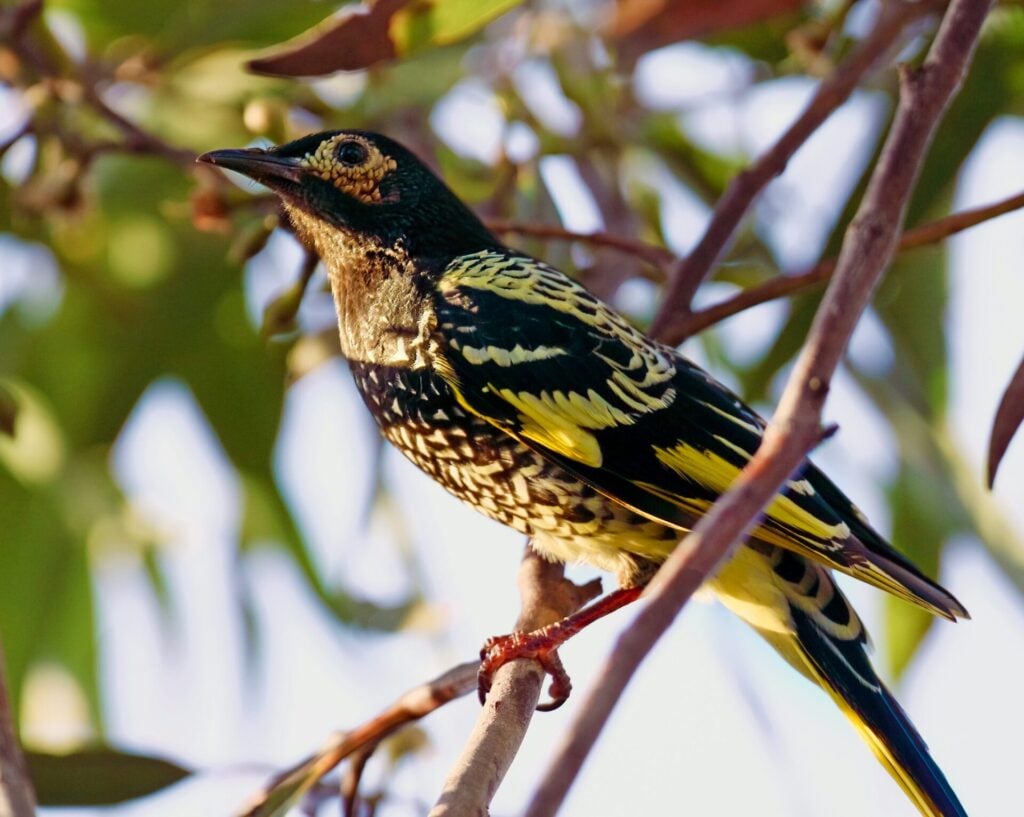
Once common across Australia’s woodlands, the critically endangered regent honeyeater is now among the country’s most at-risk endangered wildlife. Their numbers plummeted so dramatically that isolated populations are now losing their ability to sing their species’ song. Experts believe this is likely related to population decline so fewer opportunities for young birds to learn from adult tutors. Without this call, males can’t attract mates. In three decades, the population of the striking black bird with gold speckling has declined from 1,500 to fewer than 300, with habitat loss the key threat to the bird’s survival. Bushfires and deforestation have worsened their plight, making them one of the worst stories of avian decline.

